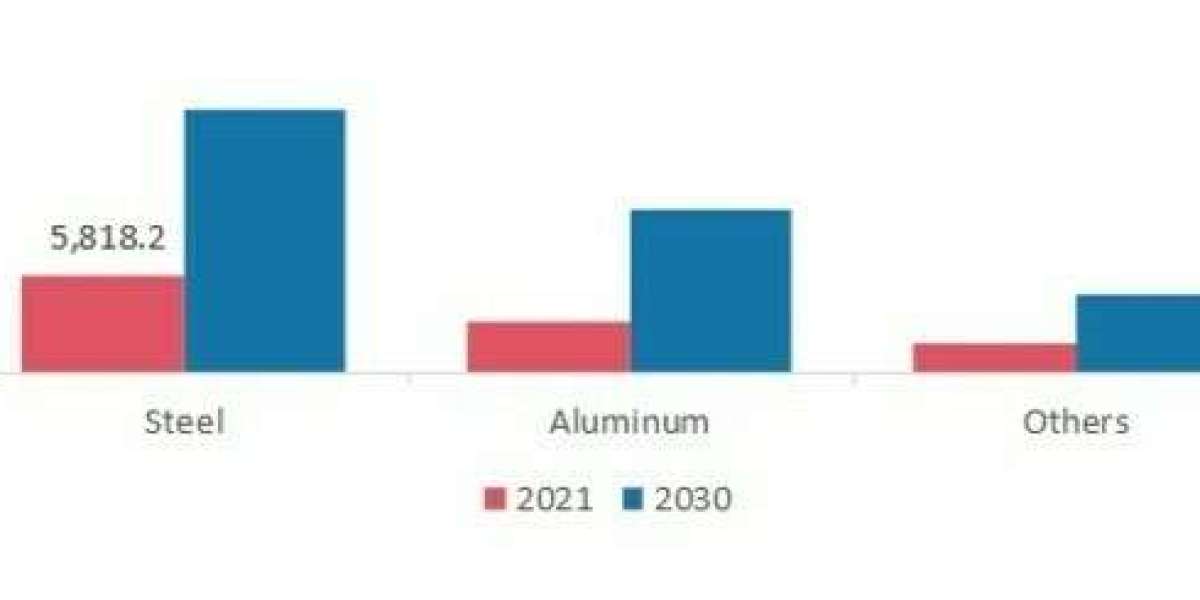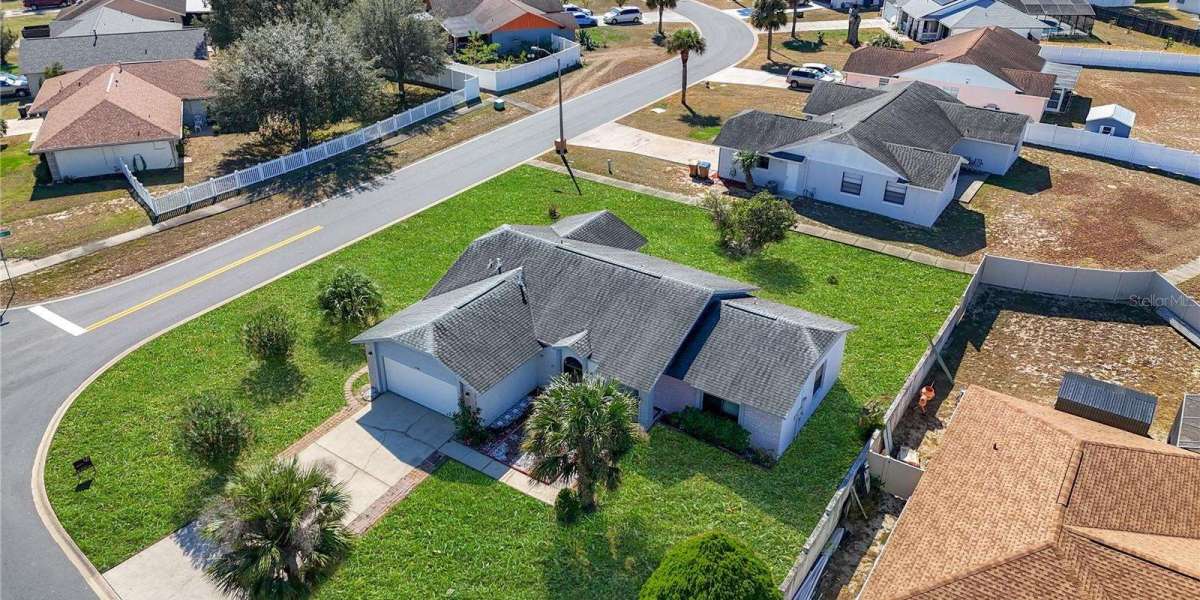The India pre-engineered buildings market has emerged as one of the fastest-growing segments in the construction and infrastructure industry. Pre-engineered buildings are structures that are designed, fabricated, and assembled using a systematic process, where the components are manufactured in factories and then transported to the construction site for quick installation. This approach has revolutionized traditional building methods by offering cost efficiency, time savings, and consistent quality.
In India, the demand for pre-engineered buildings has risen significantly due to rapid industrialization, urbanization, and the growing focus on sustainable construction practices. Industries such as manufacturing, warehousing, logistics, retail, commercial complexes, and even residential developers are increasingly choosing PEB solutions for their projects. The concept aligns well with the country's infrastructure development goals and the need to deliver projects quickly without compromising on structural strength or aesthetics.
One of the primary reasons for the popularity of the PEB market in India is its ability to reduce project completion time. Since the components are prefabricated offsite, the on-site construction period is drastically shortened. This is particularly valuable in sectors like logistics and e-commerce, where warehouses and distribution centers must be operational within tight deadlines. The efficiency of this method helps businesses save on labor costs, mitigate weather-related construction delays, and ensure consistent timelines for project delivery.
Cost efficiency is another major factor driving the adoption of pre-engineered buildings in India. The use of standard designs, precise engineering, and optimized raw materials reduces waste and lowers overall expenses compared to conventional construction methods. Businesses benefit from lower capital investment while still getting high-quality, durable structures. For large-scale projects, especially in industrial hubs and economic corridors, this cost advantage becomes a critical deciding factor.
The versatility of PEBs also makes them suitable for various applications. In India, pre-engineered buildings are widely used for factories, cold storage units, showrooms, aircraft hangars, sports facilities, metro stations, and even multi-storey office spaces. Their adaptability to different architectural requirements and climatic conditions makes them an attractive choice for developers across different regions of the country.
From a technical perspective, pre-engineered buildings are designed to handle specific loads, including live loads, wind loads, and seismic forces, which is crucial in a country like India where climatic conditions vary widely. Advanced engineering techniques ensure structural safety while minimizing the weight of the building, leading to reduced foundation costs. The use of high-strength steel and corrosion-resistant materials further enhances the lifespan of these buildings, often exceeding decades with minimal maintenance.
Sustainability is another driving force behind the growth of the India PEB market. With increasing awareness about eco-friendly construction practices, many companies are opting for PEBs due to their minimal material wastage, recyclability of steel components, and energy-efficient designs. These structures can be integrated with insulation systems, solar panels, and other green building technologies to reduce operational costs and environmental impact. This aligns with India’s commitment to reducing carbon emissions and promoting green infrastructure.
The growth of the PEB market is closely linked to India’s expanding industrial and logistics network. Government initiatives such as the "Make in India" campaign, infrastructure development programs, and the creation of industrial corridors have created a favorable environment for PEB adoption. As multinational companies set up manufacturing and distribution hubs in India, the need for large, durable, and quickly deployable structures has risen sharply. Additionally, the boom in the e-commerce sector has increased demand for high-capacity warehouses, a segment where PEBs excel due to their design flexibility and scalability.



